“Dry January” is behind us, but many of you might decide you need to “cool off” at other times throughout the year. Whether you are taking a break from drinking altogether or simply trying to slow it down, we have got you covered. At Paul Marcus Wines, we have a generous selection of non-alcoholic and low-abv wines available.
What is non-alcoholic wine anyway? Dealcoholized wine is produced when the alcohol has been forcibly removed from the juice, either by reverse osmosis or vacuum distillation. The resulting juice concentrate is tweaked so that the flavors best mimic the tastes and textures of wines with alcohol. By U.S. standards, a wine must contain less than 0.5 percent alcohol by volume (abv) to be classified as alcohol-free. Some of my favorite non-alcoholic options at the shop include the Leitz Riesling (both sparkling and still), Eric Bordelet’s Jus de Pomme (sparkling apple juice), and the customer-beloved Phony Negroni.
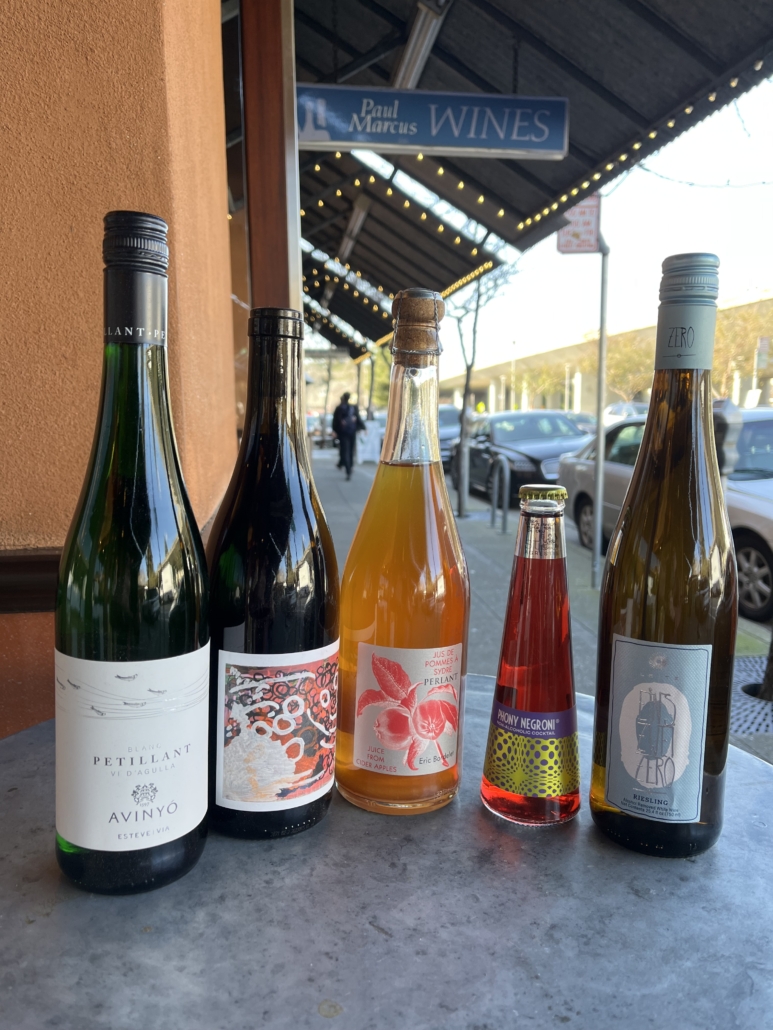 When it comes to wines with lower alcohol levels, it’s a matter of defining what “low” really means. At one time—particularly in the cooler areas of Europe—it was a challenge to reach 12.5 percent abv. This is why many wine-growing appellations have minimum alcohol requirements to qualify for appellation status—for example, Barolo and Rioja—as this used to be a method to guarantee a regional style and quality.
When it comes to wines with lower alcohol levels, it’s a matter of defining what “low” really means. At one time—particularly in the cooler areas of Europe—it was a challenge to reach 12.5 percent abv. This is why many wine-growing appellations have minimum alcohol requirements to qualify for appellation status—for example, Barolo and Rioja—as this used to be a method to guarantee a regional style and quality.
However, as heat waves continue to grip both Europe and California, we are seeing ever-riper grapes with almost every vintage. We now even see white wines reaching past 14.5 percent abv! Winemakers must learn how to regain balance and freshness for their wines, and this has led winemakers and growers to seek cooler zones and shady hillsides.
In other cases, many growers simply choose to harvest the grapes earlier—on average, at least a month earlier than what was once traditional. Of course, this technique isn’t without its complications. For one, picking early for lower potential alcohol might result in grapes that are lacking phenolic ripeness—meaning they might be devoid of the textures and flavors that make chardonnay taste like chardonnay. Alternatively, wines that have natural sweetness, such as some rieslings, Lambrusco, or Moscato, tend to be lower in alcohol because there is sugar from the grapes that has not been fermented, known as “residual sugar.” In these examples, bright acidity balances out the sweetness so that the wines are not cloying.
When making low-alcohol-wine recommendations, I often seek out options grown at high elevations or on the coast. Some of my favorite “mountain wines” are grown in cooler climate zones like those around Mont Blanc (Savoie, France) or the foothills of the Italian Alps (Alto Piemonte, Italy). Some coastal areas include Galicia (Spain), Liguria (Italy), and the Loire Valley (France).
A couple of my favorite low-abv wines in the store right now include: Avinyo 2023 Petillant (10.5 percent), which is refreshing and a little bubbly, and Jolie Laide 2023 Red (11.6 percent), which offers lightness and freshness while still pairing well with both warm winter vegetables and barbecued meats.
– Ailis Peplau

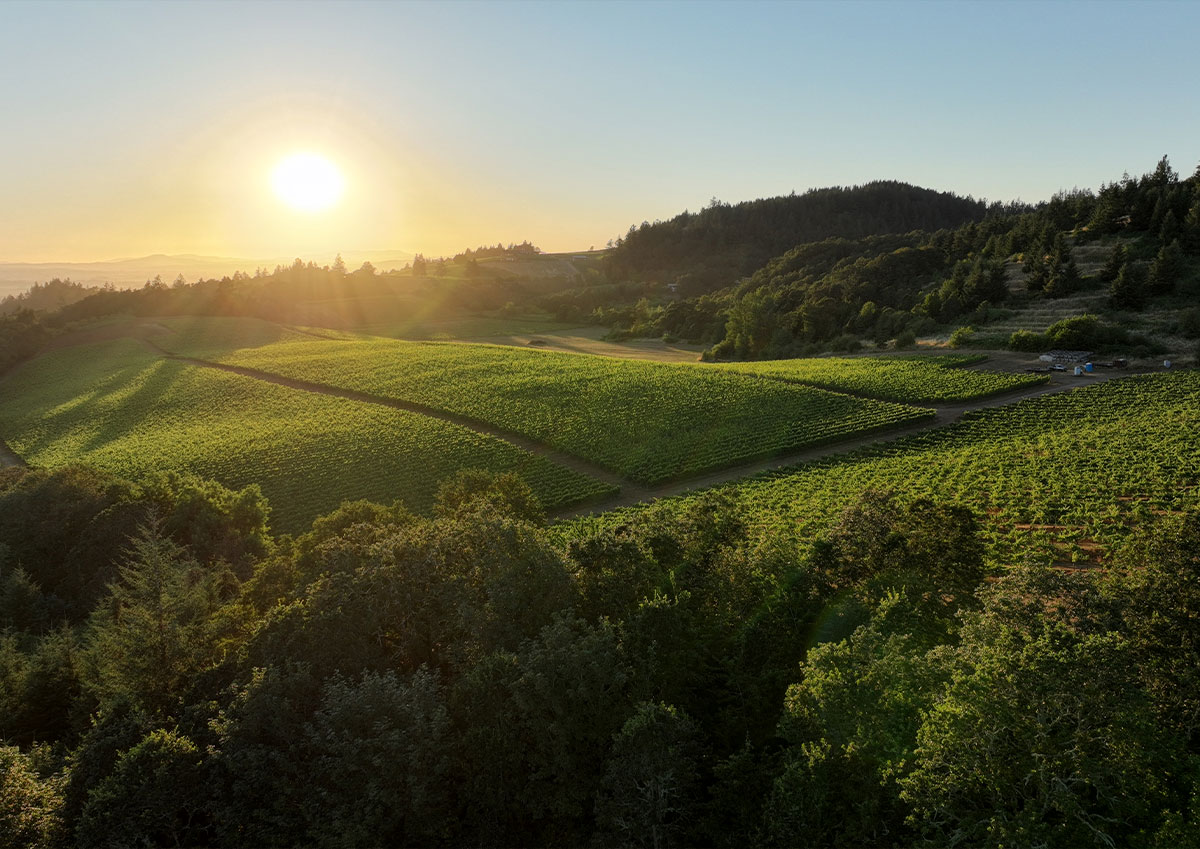 The renowned Dai Crisp has been managing Temperance Hill since 1999; he immediately began farming organically, and the vineyard was eventually certified organic in 2012. With vines that are between 660 and 860 feet in altitude and the pronounced influence of the chilly Van Duzer winds, Temperance Hill produces pinot noir that is noted for its elegance, finesse, and energetic sparkle.
The renowned Dai Crisp has been managing Temperance Hill since 1999; he immediately began farming organically, and the vineyard was eventually certified organic in 2012. With vines that are between 660 and 860 feet in altitude and the pronounced influence of the chilly Van Duzer winds, Temperance Hill produces pinot noir that is noted for its elegance, finesse, and energetic sparkle.
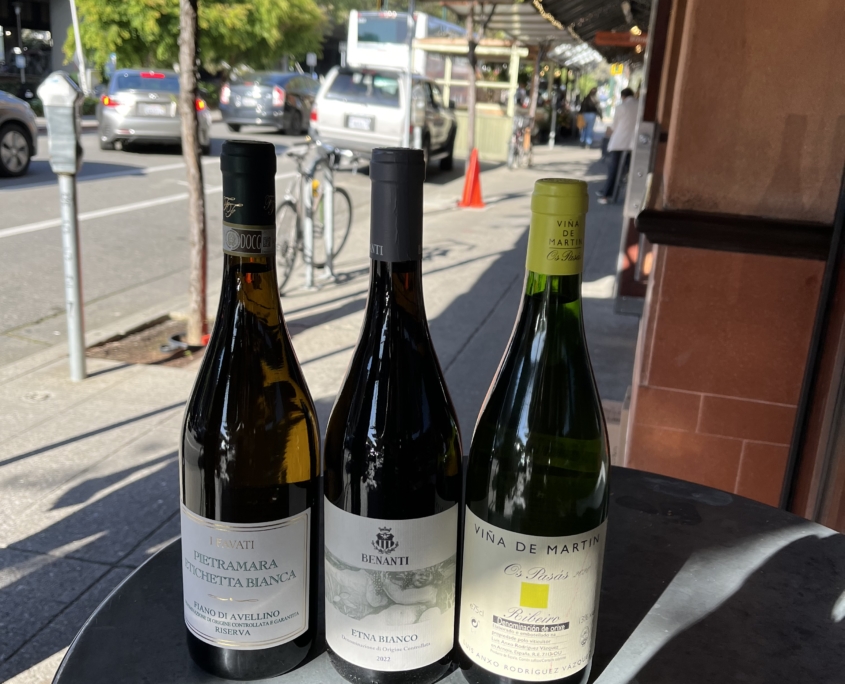 Lees aging is a winemaking regimen in which the juice is not cleared of its fermentation residue. After the yeast is introduced and the process of fermentation–converting sugar to alcohol–is complete, the dead yeast (lees) sinks to the bottom of the vat or barrel. At that point, the winemaker might decide to leave the juice in contact with this milky byproduct for an extended period. Depending on how much lees influence is sought, the juice can be stirred (a process called bâtonnage) to increase its effect.
Lees aging is a winemaking regimen in which the juice is not cleared of its fermentation residue. After the yeast is introduced and the process of fermentation–converting sugar to alcohol–is complete, the dead yeast (lees) sinks to the bottom of the vat or barrel. At that point, the winemaker might decide to leave the juice in contact with this milky byproduct for an extended period. Depending on how much lees influence is sought, the juice can be stirred (a process called bâtonnage) to increase its effect.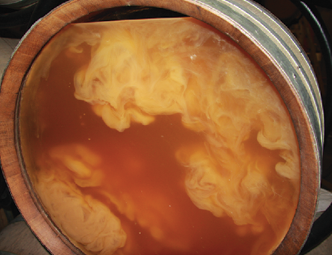
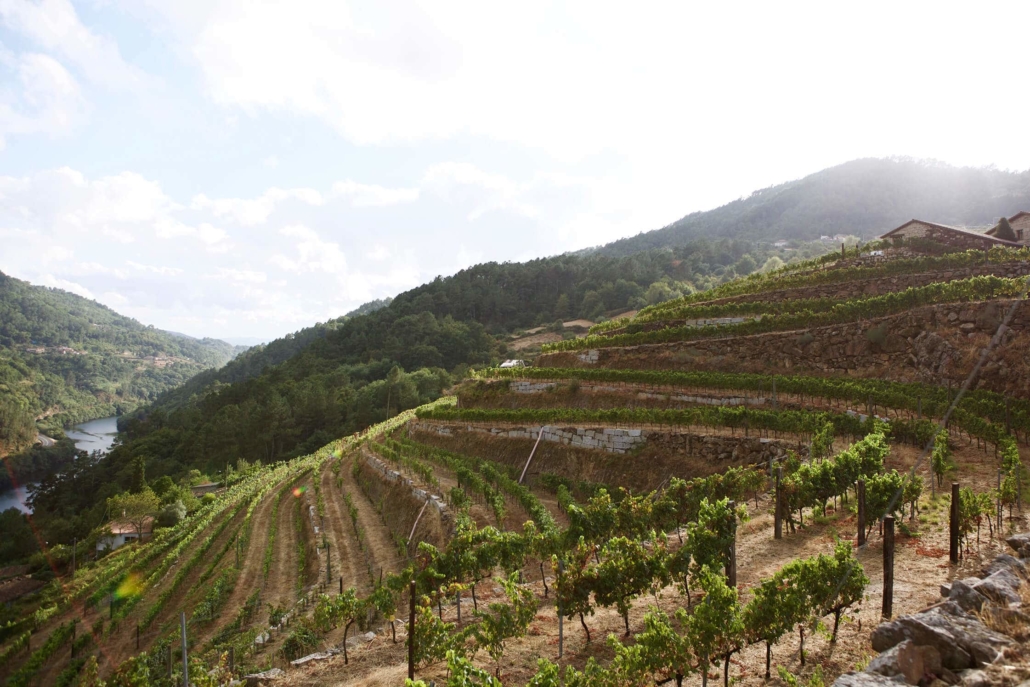
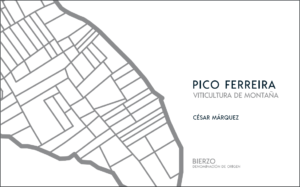
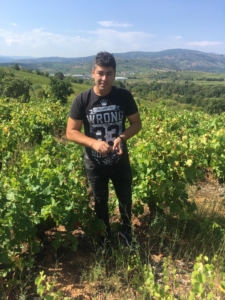
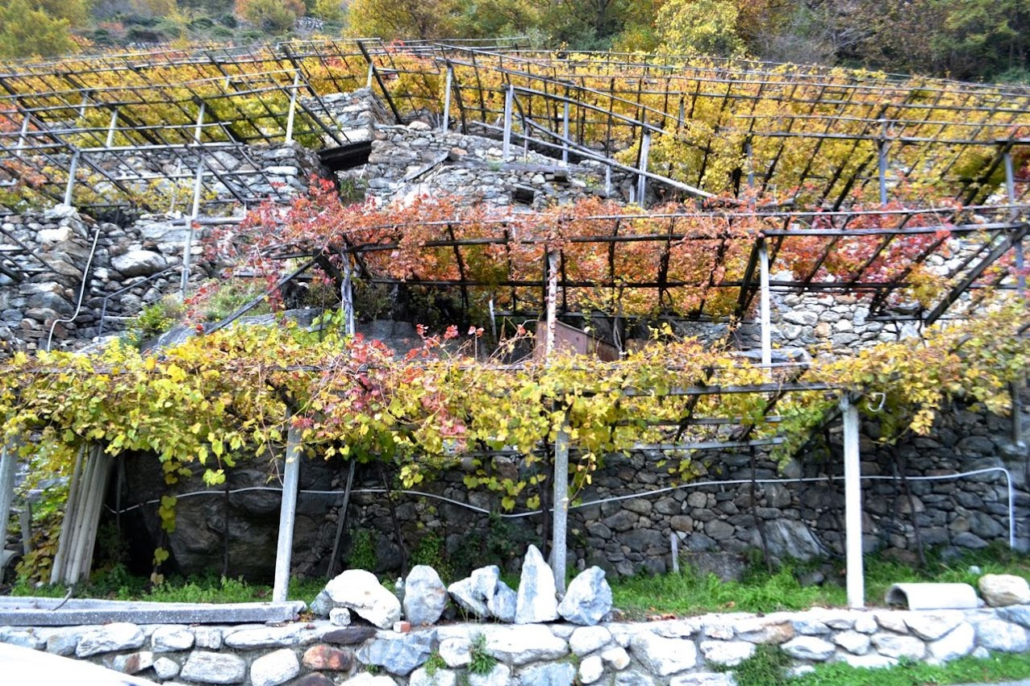
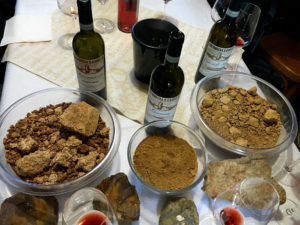
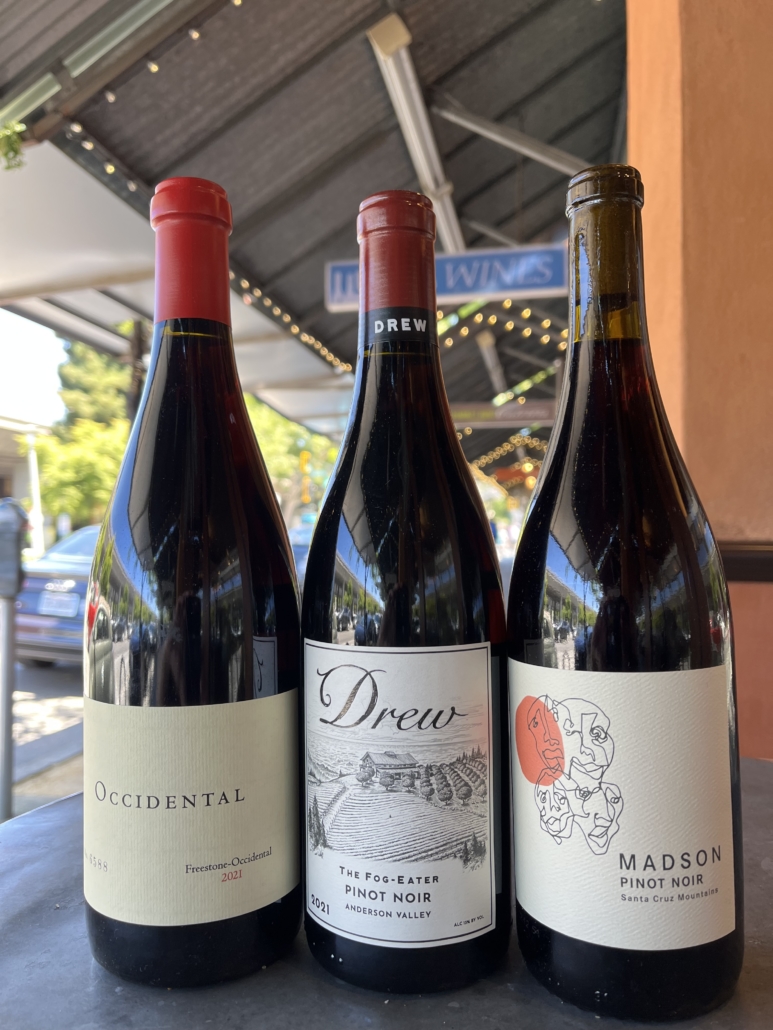 Below are three noteworthy examples of 2021 California pinot from three distinct growing regions.
Below are three noteworthy examples of 2021 California pinot from three distinct growing regions.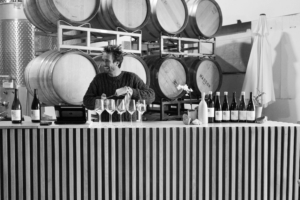
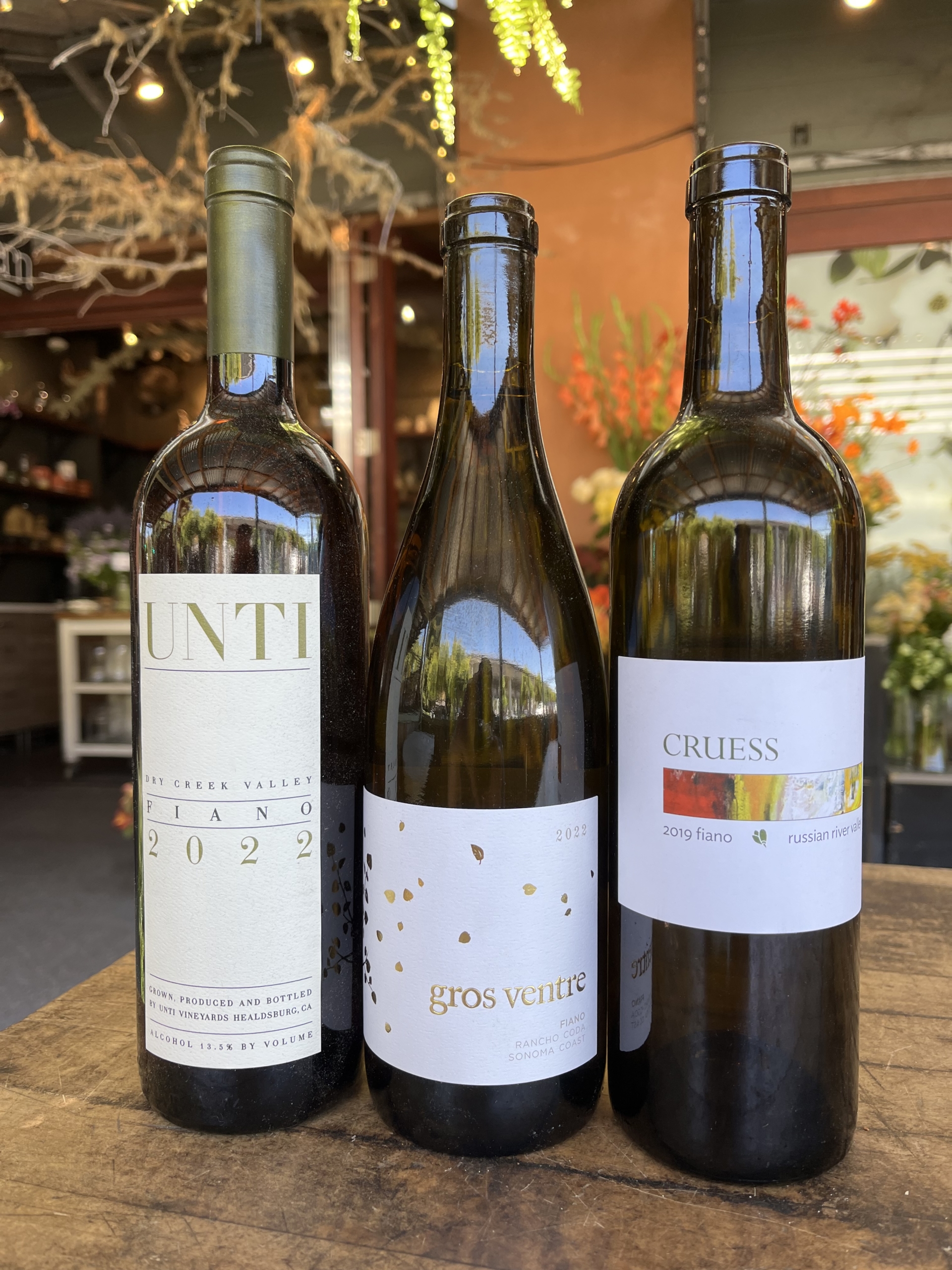 Yet, if you’re set on trying something different, you should try fiano. The fiano grape (fee-ah-no) is native to southern Italy, with Campania being the epicenter. The story goes like this: Romans named it Apianum, “loved by bees,” and bees aren’t dumb. Fiano tends towards small berries and intense but not plentiful juice. The smaller quantity means that quality needs to be high to justify the labor.
Yet, if you’re set on trying something different, you should try fiano. The fiano grape (fee-ah-no) is native to southern Italy, with Campania being the epicenter. The story goes like this: Romans named it Apianum, “loved by bees,” and bees aren’t dumb. Fiano tends towards small berries and intense but not plentiful juice. The smaller quantity means that quality needs to be high to justify the labor.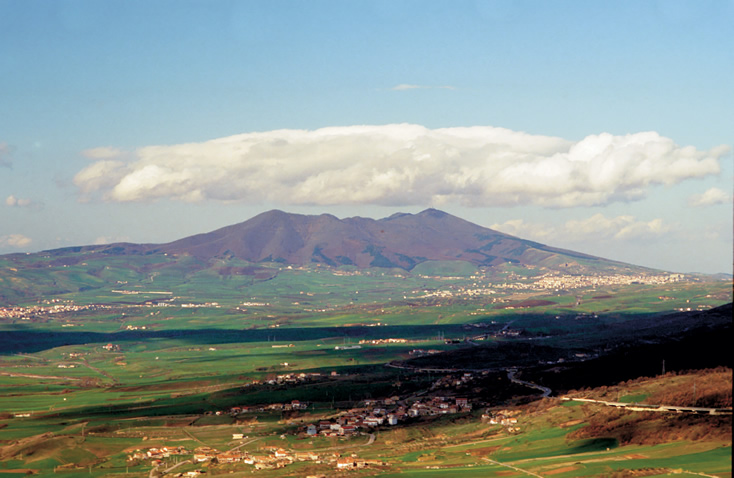

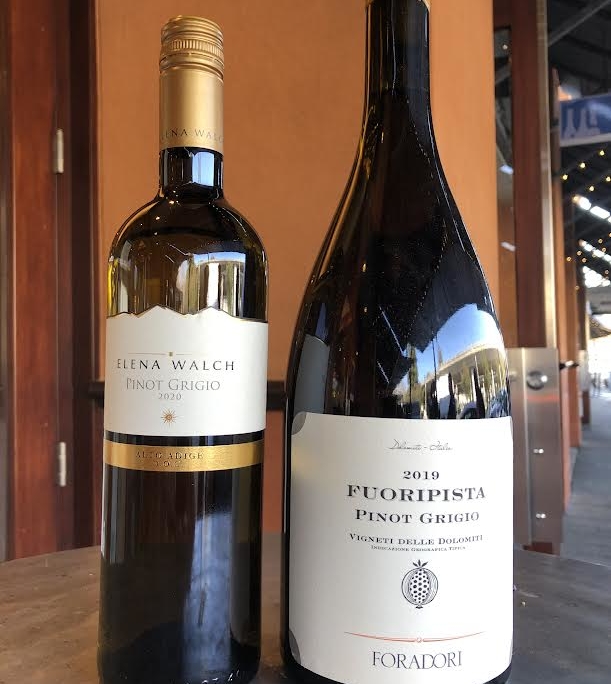
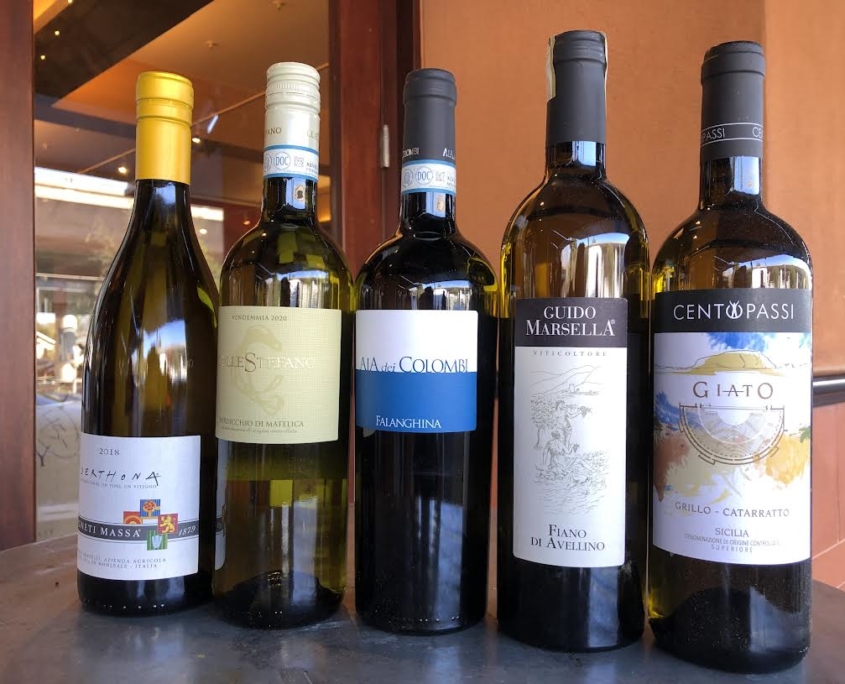
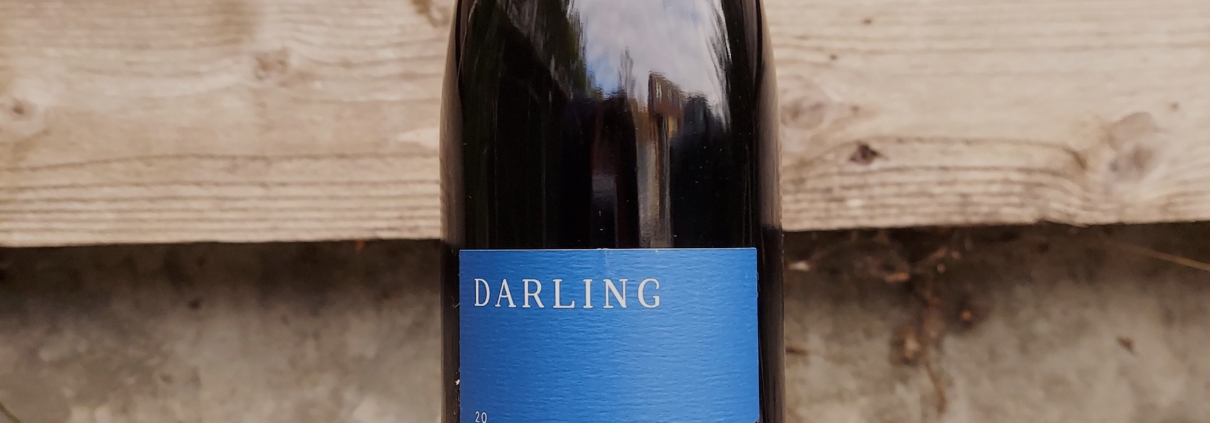
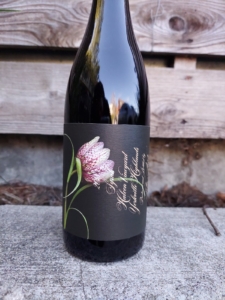 Jolie-Laide has established itself as one of California’s premier (tiny) wineries. Their wines are made in small quantities, and the demand for them is strong, so we don’t get much to sell. Their
Jolie-Laide has established itself as one of California’s premier (tiny) wineries. Their wines are made in small quantities, and the demand for them is strong, so we don’t get much to sell. Their 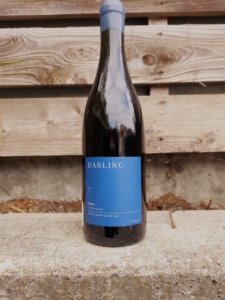 Jolie-Laide being excellent isn’t shocking; they’ve now got a 10-year track record. Newcomer Darling Wines, however, is a surprise. The
Jolie-Laide being excellent isn’t shocking; they’ve now got a 10-year track record. Newcomer Darling Wines, however, is a surprise. The